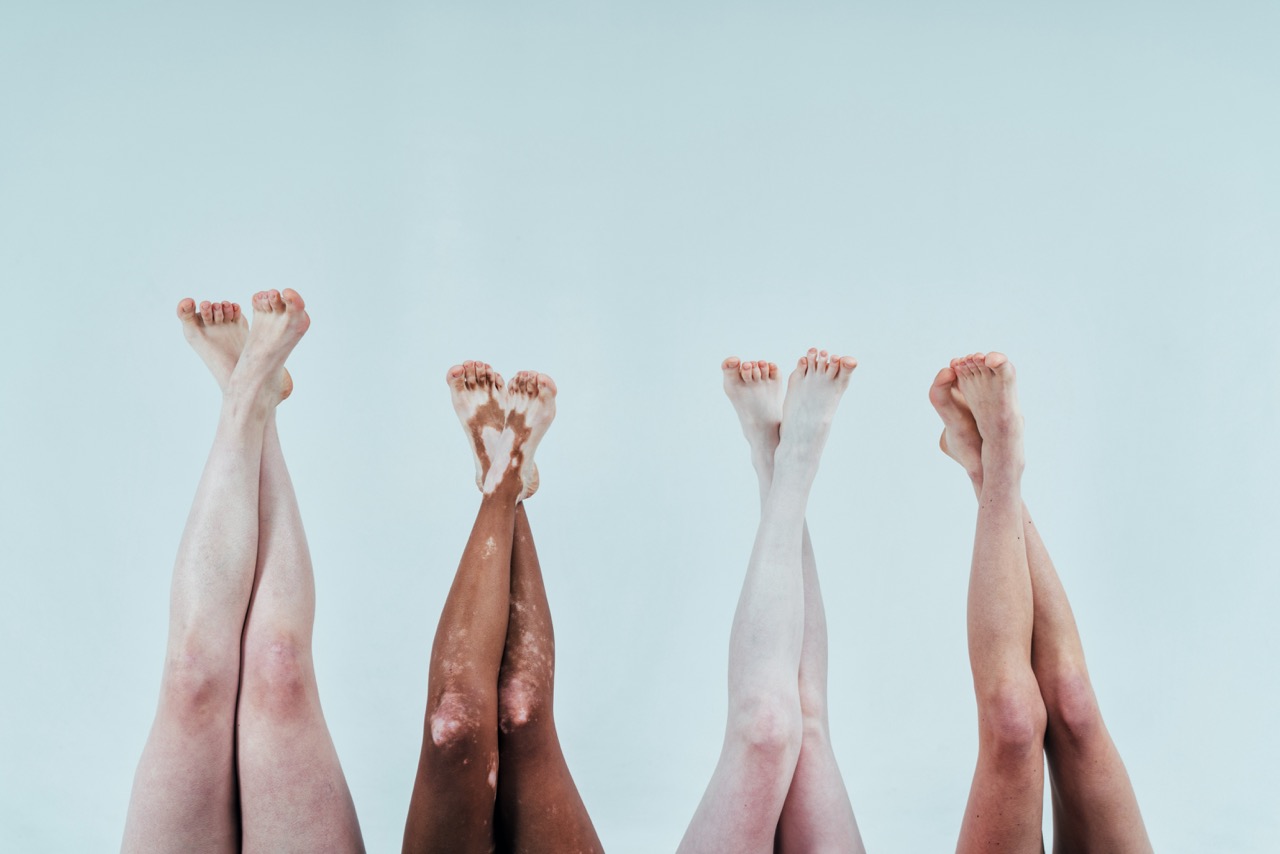Why Your Socks Matter More Than You Think for Foot Health

When it comes to foot health, many people may overlook the importance of a seemingly simple item: socks. While we often focus on the shoes we wear, the socks that accompany them play a crucial role in our overall foot wellness. In fact, the right pair of socks can significantly affect comfort, support, and even the prevention of foot-related issues. This article will explore the critical role of socks, how their material impacts foot health, key features to consider when selecting socks, and tips for choosing the right socks for various activities.
Understanding the Critical Role of Socks in Foot Health
Socks serve several important functions that directly impact foot health. First and foremost, they provide a barrier between the foot and the shoe, which can help reduce friction and prevent blisters. Without adequate cushioning and protection, the skin can break down, leading to painful sores or infections. A good pair of socks can help absorb some of the impact from walking or running, distributing pressure more evenly across the foot.
Additionally, the right socks can help regulate moisture and temperature. Feet are prone to sweating, and when moisture is trapped against the skin, it can create a breeding ground for bacteria and fungi. This can result in unpleasant odors, athlete’s foot, or other fungal infections. Quality socks made from moisture-wicking materials can help keep feet dry, significantly reducing the risk of these ailments.
Lastly, socks can offer varying levels of support and compression, which are essential for certain foot conditions. For individuals with conditions like plantar fasciitis or flat feet, specialized socks designed with arch support or graduated compression can provide additional comfort and alleviate pain. Thus, selecting the right socks is a vital component of maintaining overall foot health.
How Sock Material Affects Comfort and Support Levels
The material from which socks are made plays a significant role in their performance and comfort. Natural fibers such as cotton are breathable and comfortable, but they can retain moisture, leading to discomfort during prolonged use. Conversely, synthetic materials like polyester and nylon are often engineered to wick moisture away from the skin, keeping feet dry and comfortable during physical activity.
Wool is another excellent option, particularly merino wool, which is soft, breathable, and moisture-wicking. It has natural temperature-regulating properties, making it suitable for both warm and cool climates. Choosing the right material not only affects comfort but also influences the longevity of the socks. Synthetic materials generally offer increased durability, whereas natural fibers may wear out more quickly, especially under stress.
It’s also worth noting that the material impacts the fit of the sock. Stretchy, spandex-infused fabrics can provide a snug fit, preventing the sock from slipping or bunching during movement. This snugness is essential for reducing the risk of blisters and ensuring that the sock stays in place, which can enhance overall comfort and support.
Key Features to Look for in Quality Footwear Socks
When selecting socks, several key features can help ensure you choose a quality product. First, consider the thickness of the sock. Thicker socks provide additional cushioning, which can be beneficial for high-impact activities like running or hiking. However, thinner socks may be more suitable for everyday wear or for those who prefer a closer fit inside their shoes.
Another important feature is the presence of arch support or cushioning zones. Some socks include targeted padding in areas like the heel and ball of the foot, which can help absorb shock and reduce fatigue during prolonged periods of standing or walking. Additionally, look for socks with a seamless toe design to prevent irritation and chafing in that sensitive area.
Lastly, consider the sock’s height. Ankle-length socks may be suitable for casual wear, while crew or knee-high socks offer additional protection and warmth for outdoor activities. Ultimately, the right combination of thickness, support, and height can enhance comfort and contribute to better foot health.
Tips for Choosing the Right Socks for Different Activities
When choosing socks, it’s essential to consider the specific activity you will be engaging in. For athletic activities such as running or cycling, opt for socks designed with moisture-wicking properties and added cushioning. These socks often feature targeted support zones to accommodate the unique movement patterns and foot mechanics involved in these sports.
For casual wear or everyday use, comfort is key. Look for socks made from soft, breathable materials that provide a good fit without being too tight. Cotton blends can be a great option for daily wear, as they offer comfort and breathability. However, if you find yourself sweating excessively, consider moisture-wicking socks to prevent any discomfort.
Lastly, for specialized activities such as hiking or skiing, invest in performance-oriented socks. Hiking socks should be thicker, with cushioning in specific areas to protect against blisters and abrasions. Ski socks, on the other hand, should provide warmth and moisture management while being thin enough to fit comfortably inside ski boots. By understanding the requirements of different activities, you can select the appropriate socks to maintain optimal foot health.
In conclusion, socks may seem like an inconsequential piece of clothing, but their impact on foot health is significant. Understanding the role of socks, the materials they are made of, and the features to look for can help you make informed choices that contribute to your overall foot wellness. Whether you are engaging in athletic activities or simply going about your daily routine, selecting the right socks can protect your feet and enhance your comfort. Remember, investing in quality socks is an investment in your foot health.




